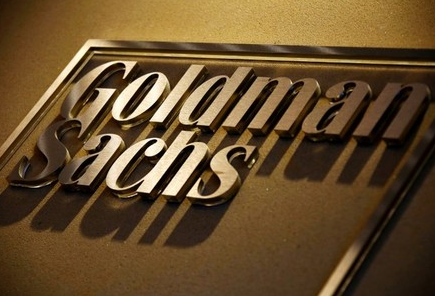 European Commission President Jose Manuel Barroso announced late Sunday that the European Union has filed suit against investment banking giant Goldman Sachs for the fallout of ash from Iceland’s Eyjafjallajökull volcano. The volcanic ash, which has blanketed the skies over most of Europe for the last four days, has grounded almost all European air traffic, stranding travelers and disrupting economic activity throughout the European Union.
European Commission President Jose Manuel Barroso announced late Sunday that the European Union has filed suit against investment banking giant Goldman Sachs for the fallout of ash from Iceland’s Eyjafjallajökull volcano. The volcanic ash, which has blanketed the skies over most of Europe for the last four days, has grounded almost all European air traffic, stranding travelers and disrupting economic activity throughout the European Union.
In a statement delivered in Romansh, the official EU language of the month, Barroso said, “We have uncovered evidence that this so-called ‘natural disaster’, which is costing the EU hundreds of millions of Euros, is in fact an Act of Goldman, and we intend to hold the Zionist-American cabal in charge of the firm accountable.” “First the profligate Americans drag the world into a near-depression and now they crap all this ash on us. Who the hell do they think they are?” added Greek Prime Minister George Papandreou from Athens, where he was chairing a conference on Greek sovereign debt entitled, “How American Speculators Forced Us to Cook the Books, Lie to Our European Partners, and Pretend We Don’t Need A Massive Bailout”.
The EU complaint alleges that Goldman operated a proprietary wind-blowing strategy to direct the volcano’s ash into Europe’s stratosphere. Goldman is accused of profiting from the fallout by buying complex Flight Cancellation Swaps that are netting Goldman millions of dollars every time another European flight is cancelled. The complaint cites a smoking gun email from Francois Tubbey, a 16-year old Goldman vice president, to an unidentified woman at “i@&$*[email protected]” stating, “That’s right, baby, Fat Franky’s in charge of the weather.”
Several European banks who are counterparties to the FCS’s are alleged to be suffering billions in losses with no end in sight, apparently because they continue to sell the FCS’s to Goldman. Reached for comment, the Chairman of Royal Bank of Scotland, one of the counterparty banks, said, “Yes, we know almost all European flights are cancelled, but our advisor is Goldman Sachs, and they keep urging us to sell these FCS’s to them, so we do. We intend to hold them fully responsible.”
Goldman issued a statement saying that it intends to “vigorously defend itself,” adding that the EU’s charges are “unfounded in meteorology and probably also in fact.”
In a related development, the InterGovernmental Panel on Climate Change said today it is considering investigating Goldman’s role in climate change. “We’re going to get the documents, proceed cautiously, and determine precisely when Goldman started melting the Polar icecaps.” [via email]





 European Commission President Jose Manuel Barroso announced late Sunday that the European Union has filed suit against investment banking giant Goldman Sachs for the fallout of ash from Iceland’s Eyjafjallajökull volcano. The volcanic ash, which has blanketed the skies over most of Europe for the last four days, has grounded almost all European air traffic, stranding travelers and disrupting economic activity throughout the European Union.
European Commission President Jose Manuel Barroso announced late Sunday that the European Union has filed suit against investment banking giant Goldman Sachs for the fallout of ash from Iceland’s Eyjafjallajökull volcano. The volcanic ash, which has blanketed the skies over most of Europe for the last four days, has grounded almost all European air traffic, stranding travelers and disrupting economic activity throughout the European Union. A memo sent out to vice-presidents and higher-level employees at Barclays Capital provides a rare glimpse into how Wall Street flexes its political muscles around election times.
A memo sent out to vice-presidents and higher-level employees at Barclays Capital provides a rare glimpse into how Wall Street flexes its political muscles around election times. -1.87 (-1.09%)
-1.87 (-1.09%)